Leonardo Divinci said that we know more about the heavens above our heads than the soils beneath our feet.

There are 3 main properties of soil: Physical, Chemical, Biological.
Physical (the type of soil-sand, silt, clay etc)
Chemical (acidity, alkalinity, nitrogen, phosphorus, potassium etc)
Biological (macro and micro-living organisms in the soil, plant and animal)

Soil Biology
Biology is critical as it builds the physical structure of the soil and regulates chemical processes in it. The biology in the soil has a significant influence on plant growth and fertility. Soil is a living ecosystem and 90% of soil function is biologically driven. Organic matter and living organisms are responsible for the majority of what soil does and its influence on plant growth and fertility. Only 5% of what is produced by green plants is consumed by animals, but the 95% is consumed by microorganisms. One gram of fertile soil can contain up to one billion bacteria. Consider that the most productive soils in the world can have bacteria species exceeding 1 million types.
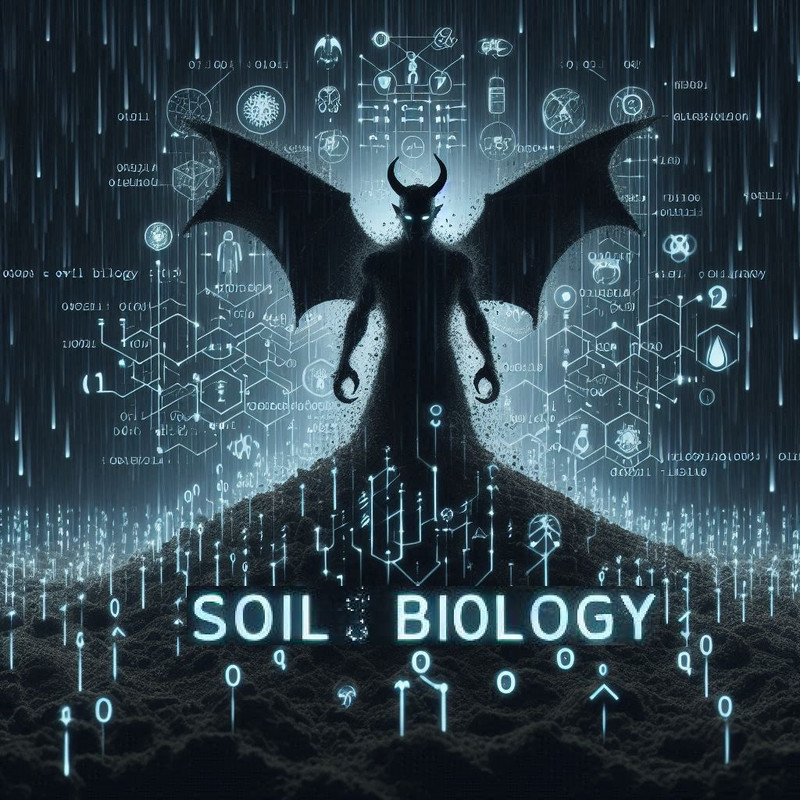
Soil and Plants
Plants protect soil, and they can use the nutrients in the soil, in some cases degrading it. However, plant material then fertilizes the soil when the plant dies, thus giving nutrients back to the soil. Plant material keeps soil healthy. Plants play pivotal role in soil stabilization, with above‐ground vegetation and roots combining to physically protect soil against erosion and provide organic matter.
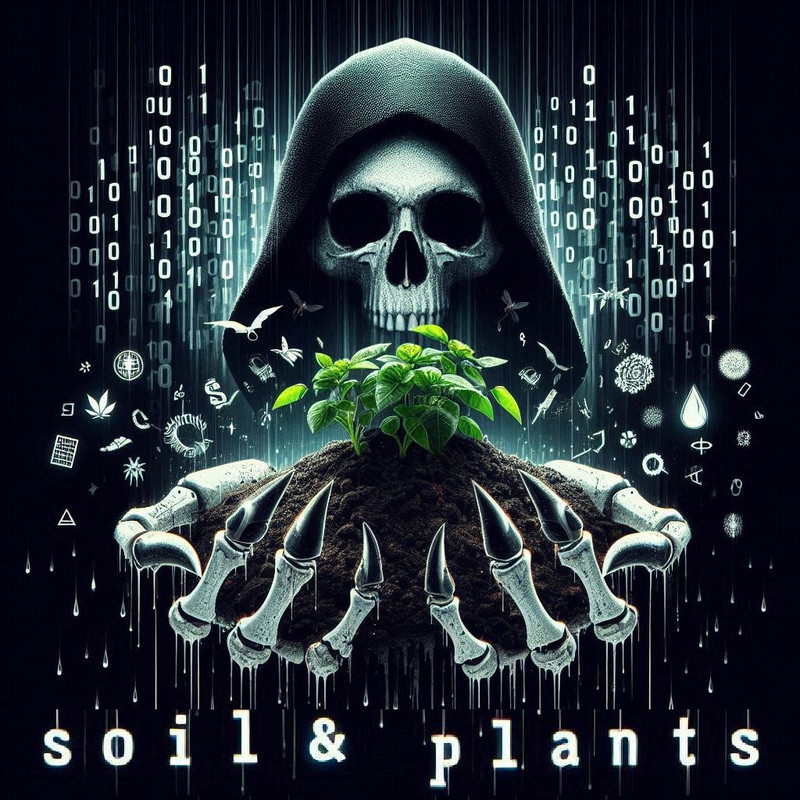
Soil Fauna
The soil fauna is crucial to soil formation, litter decomposition, nutrient cycling, biotic regulation, and for promoting plant growth. Hence soils are complex systems and their complexity resides in their heterogeneous nature: a mixture of air, water, minerals, organic compounds, and living organisms.

Soil Decomposition
The decomposition of organic matter produced by plants, animals, and soil organisms is a key process affecting a number of important ecosystem processes, such as nutrient cycling and carbon sequestration. Decomposition is the process in which large complex molecules are broken down into simpler ones. Bacteria are among the earth’s primary decomposers of organic matter, second only to fungi. As the bacteria and fungi grow rapidly, they are eaten by the single celled organisms and worms, releasing the mineralized nutrients in the form the plant can take up through the root system.
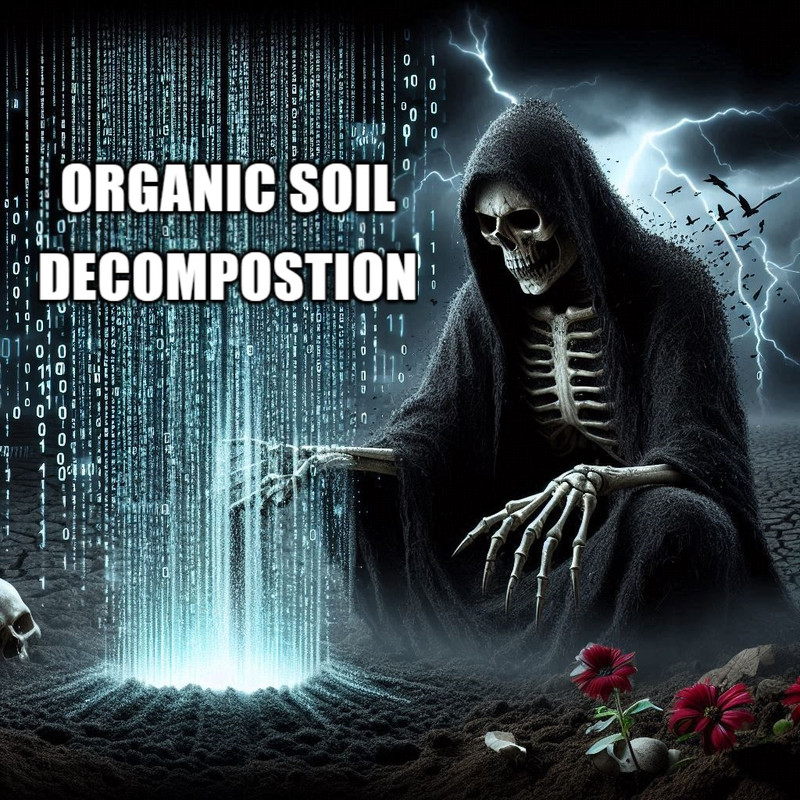
Nutrient Cycle
The nutrient cycle is a system where energy and matter are transferred between living organisms and non-living parts of the environment. This occurs as animals and plants consume nutrients found in the soil, and these nutrients are then released back into the environment via death and decomposition.
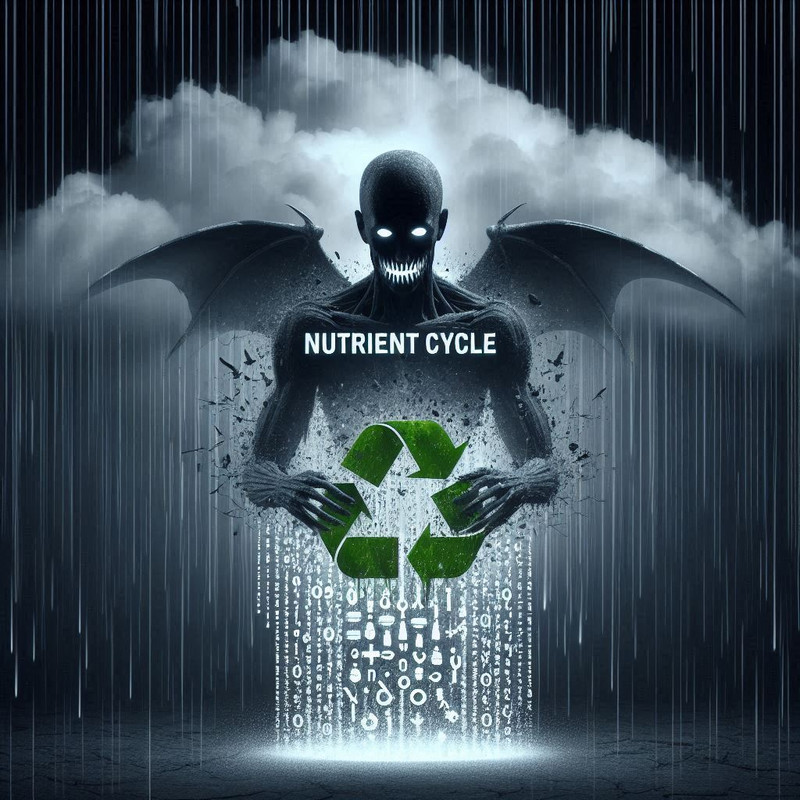
Soil Aggregation
Aggregate formation is a complex process. Soil aggregates are formed through physical, chemical and biological activity below ground, Soil aggregation refers to a soil’s ability to hold particles together. These aggregates play a crucial role in soil properties and processes such as water transport, root growth, and erosion.

Nutrient Availability
Nutrient availability is primarily determined by soil texture and pH. Soil pH measurement of soil acidity or alkalinity has the greatest effect on nutrient availability in the soil. The soil nutrient availability: physical structure, biological parameters and chemical characteristics of soil affect the availability and uptake of macro and micro nutrients.

Water Dynamics
Soil water availability is the capacity of a soil to hold water that is available for plant use. And soil water plays a crucial role in the growth and survival of plants. It is held within the pores between soil particles. The stored water in soil is a dynamic property that changes spatially in response to climate, topography and soil properties.

Soil Microflora
Soil bacteria and fungi are the start of the soil food web that supports other organisms. Soil microflora helps decompose organic matter and is involved in mineral uptake. Most of the soil microorganisms are broadly defined as a group of microscopic life forms that include bacteria, archaea, viruses, and eukaryotes like fungi.

Soil Fungi
Fungi are essential decomposers in the soil food web. Soil fungi are microscopic plant-like cells that grow in long threadlike structures or hyphae that make a mass called mycelium that together composes what's called a “mycorrhizal network,” which connects individual plants together to transfer water, nitrogen, carbon and other minerals.
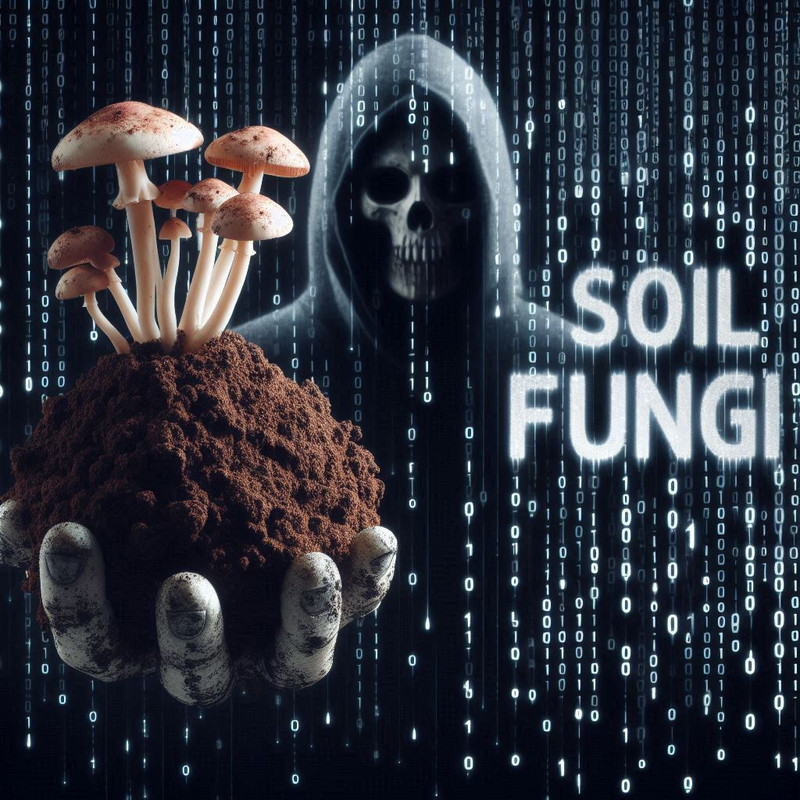
Natures Network
The mycorrhizal network connects individual nature lifeforms together underground with mycelium fungi threads that has properties of memristors, capacitors and various sensors which also operates between 1 KHz to 10 KHz frequency range hence the mycelium was found to reliably transfer signal data.
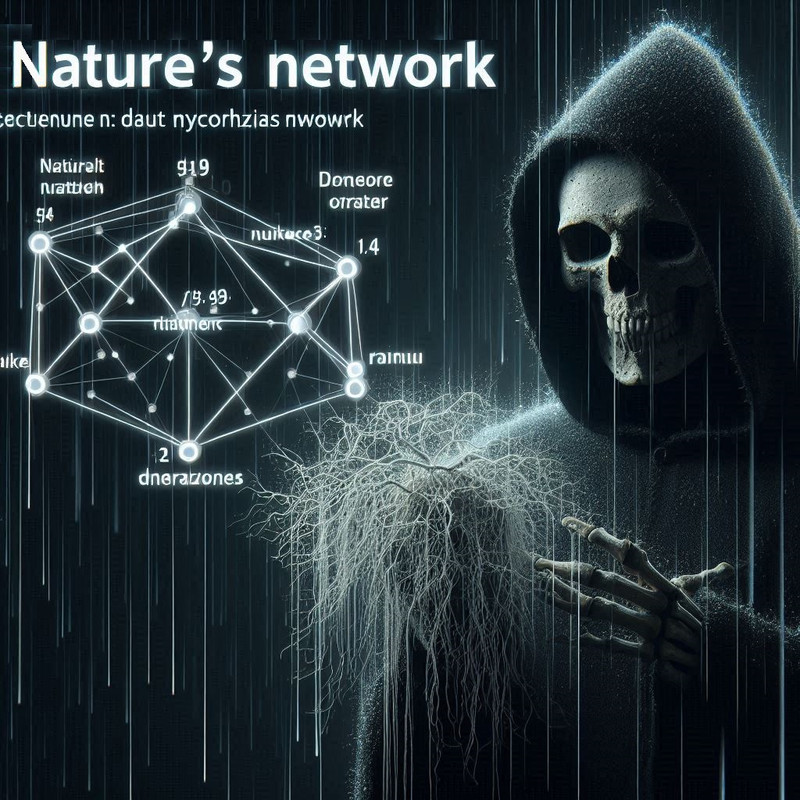
Wood Wide Web
The forests own mycorrhizal fungi network in the soil is known as the 'Wood Wide Web' as nature interfaces with lifeforms. Nature has designed the soil food web in such a way that the main food resources for higher organisms have the highest reproduction rate.

Earthworms
Earthworms benefits: increased nutrient availability, better drainage, and a more stable soil structure, loosen, mix and oxygenate the soil as they burrow channels. They improve the soil's structure, leaving space for water to be drained away from the surface and stored in the soil. Research has shown that soils without earthworms can be 90 percent less effective at soaking up water.

In the agriculture world, nitrogen, phosphorous, and potassium (N-P-K) are known as primary macronutrients.

Nitrogen:
In the agriculture world nitrogen a primary macronutrient hence one of the by-products of oil refining is petroleum coke thats essential to manufacturing fertilizer where it undergoes a gasification process where nitric acid reacts with ammonia to create ammonium nitrate. Elemental nitrogen-based fertilizers are usually produced mixing nitrogen from the air with hydrogen from natural gas at high pressure where swing adsorption technology that is a technique used to separate some gas species from a mixture of gases (typically air) under pressure creates ammonia. Ammonia is not ionized. Ammonium, on the other hand, is ionized. Ammonium nitrate fertilizer is produced by oxidizing ammonia to nitric acid and then neutralizing the nitric acid with additional ammonia. Usually the neutralization gives a solution of about 80 to 90% concentration solution. Nitrogen can also be produced on a large scale by burning carbon or hydrocarbons in air and separating the resulting carbon dioxide and water from the residual nitrogen. One reason that ammonium nitrate is so explosive is that it contains in the same molecule both a fuel, in the form of the ammonium ion, and a strong oxygen- producing agent, nitrate. Nitrogen is really important for plant growth (structure), plant food processing (metabolism), and the creation of chlorophyll. Nitrogen is an essential nutrient for the production of amino acids, proteins, nucleic acids, etc. Nitrogen is so vital because it is a major component of chlorophyll, the compound by which plants use sunlight energy to produce sugars from water and carbon dioxide. Major component of amino acids, the building blocks of proteins.

Phosphorous:
Phosphorus-based fertilizers are produced from mined ores. In the dry process, an electric furnace heats phosphate rock in the presence of carbon and silica this produces phosphorus as a vapour, which is then collected under water. This treatment produces a very pure and more expensive phosphoric acid – frequently called white or furnace acid. The wet process consists of reaction, filtration and concentration steps. The phosphate rock is ground and acidified with sulfuric acid or mixed with ammonia in the reactor vessel to make a range of phosphate (P2O5) fertilizers. Phosphorus is noted especially for its role in capturing and converting the sun's energy into useful plant compounds. Phosphorus plays a key role in photosynthesis, the metabolism of sugars, energy storage and transfer, cell division, cell enlargement and transfer of genetic information.

Potassium:
In agriculture and horticulture potash is the common term for nutrient forms of the element potassium (K). The two most common forms are Muriate of Potash (MOP) representing approximately 95% of agricultural potash worldwide, and Sulfate of Potash (SOP). SOP is a premium Potash fertilizer; it is free of Chloride (unlike MOP) which is harmful to plants. SOP is used primarily on high value crops, usually leafy plants, such as fruits and vegetables. The potassium MOP is synthetized by treating potassium chloride with sulfuric acid at high temperature and potassium SOP is produced by sodium reduction of molten potassium chloride at 870 °C (1,600 °F). Potassium stimulates the growth of strong stems and gives the plant some disease resistance by promoting thickness of the outer cell walls. Adequate potassium can reduce moisture loss from growing plants, thereby giving some drought resistance. Potassium increases root growth and improves drought resistance. Maintains turgor; reduces water loss and wilting. Aids in photosynthesis and food formation. Reduces respiration, preventing energy losses.

Carbon Dioxide
A tree absorbs about 25 kg of CO2 annually. Studies have shown higher concentrations of atmospheric carbon dioxide affect crops in two important ways: they boost crop yields by increasing the rate of photosynthesis, which spurs growth, and they reduce the amount of water crops lose through transpiration. Green plants grow faster with more CO2. Many also become more drought resistant because higher CO2 levels allow plants to use water more efficiently. More abundant vegetation from increased CO2 is already apparent. Satellite images reveal significant greening of the planet in recent decades, especially at desert margins, where drought resistance is critical. This remarkable planetary greening is the result of a mere 30% increase of CO2 from its preindustrial levels. Still higher CO2 levels will bring still more benefits to agriculture.

Photosynthesis Process
Photosynthesis, the process by which green plants and certain other organisms transform light energy into chemical energy. Plants use photosynthesis to capture carbon dioxide and then release half of it into the atmosphere through respiration. Plants also release oxygen into the atmosphere through photosynthesis. Daytime sunlight is about 1000 W/m2 of solar energy. Forests have photosynthetic efficiency of 3 to 6%. During photosynthesis in green plants, light energy is captured and used to convert water, carbon dioxide, and minerals into oxygen and energy-rich organic compounds.
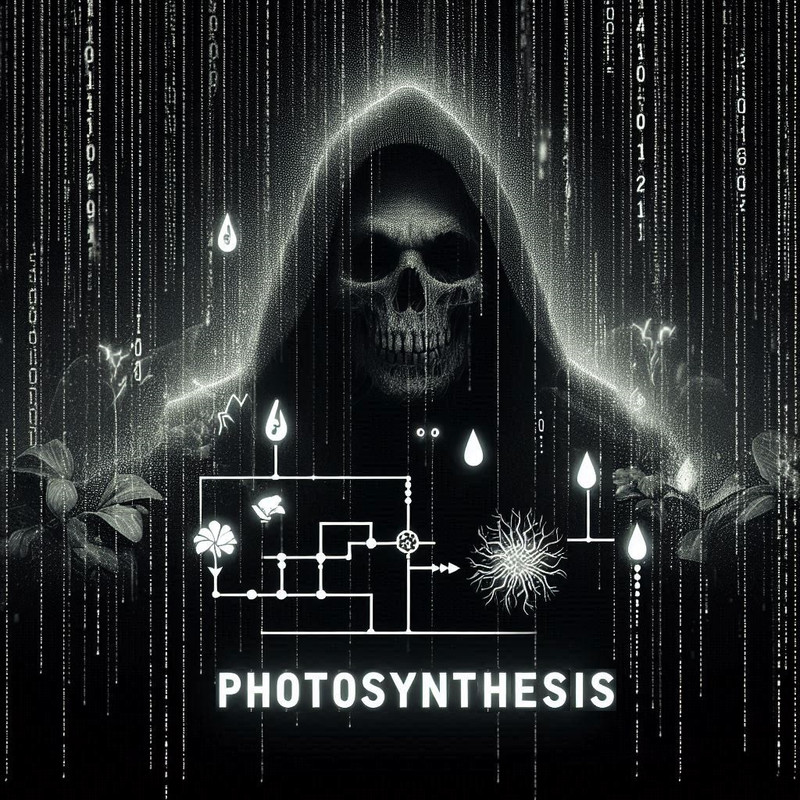
Forest Water Cycle
Forests play important role in maintaining water cycle. Every tree in the forest is a fountain. The forests take up liquid water from the soil and then release water vapor into the air from the leaves as transpiration that causes precipitation and condensation in the atmosphere to form clouds and once the water vapor produces heavy enough oxygen it starts to rain.
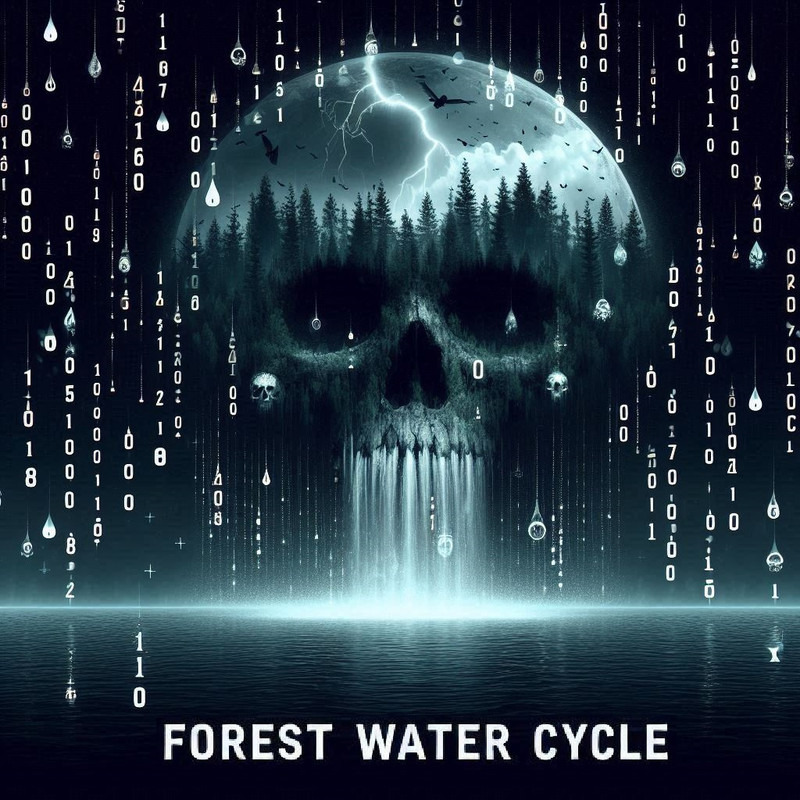
Green Ancestors
The green machine power whose evolutionary ancestors were blue-green algae that are the first organisms known to have produced oxygen about four billion eons ago and at present trees and plants breath through the process of photosynthesis and photorespiration hence in the process of photosynthesis, oxygen is released and carbon dioxide is absorbed and in the the process of photorespiration carbon dioxide is released and oxygen is absorbed.

Green Light
About 420 million years ago the first trees appeared. Although the silent trees on earth are not able to show all the obvious attributes of intelligent behavior they are in fact beyond human sentience as each humans life is written in the wind. And compared to planted reforested areas, the soils with natural trees showed higher root weight density, pH, and organic carbon. These differences led to higher nutrient contents and microbial respiration were found in soils with natural trees.

Green Wireless
In addition photosynthesis and photorespiration is possibly the mechanism that greenery use to facilitate wireless data exchange and network hosting amongst the plant kingdom. All plants and trees produce a biofield between 10 - 240 Hz of wavelength radius 100 - 10,000 kilometres and are equipped with ultrasound biofield of 20 - 300 kHz that has a wavelength radius of 1 - 100 kilometres. The green lifeforms produce oxygen molecules at frequency between 16.7 THz - 37 THz and oxygen resonance frequency bands at 22 GHz, 60 GHz, 118 GHz, 183 GHz.

Green Energy
The vegetables emit oxygen through photosynthesis and once eaten the chemical activation causes the brains neural pathway growth and reorganization effectively tunes into linked plants wireless oxygen frequency through signal resonance and causes the facilitation of data energy transfer with the result of feeling full. The oxygen release that for example marijuana emits from bud flowering once dried and smoked the chemical reaction activates and connects neural pathways that enables signal resonance download of wireless energy data to stimulate the brains neural network and cause dopamine release.
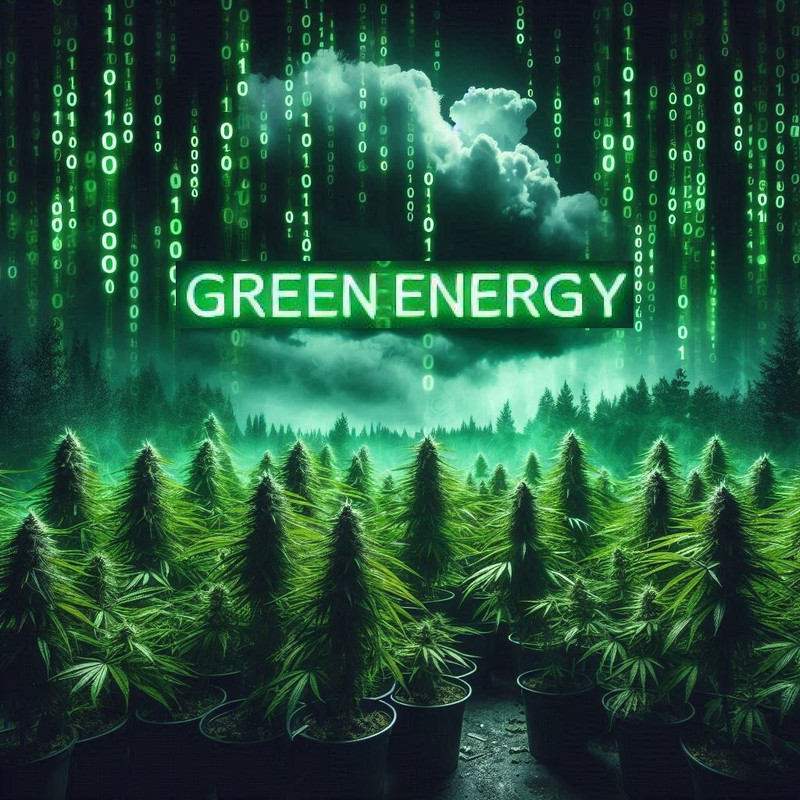
Green Brain
In the natures world of time a large tree also has a brain its equipped with 1 quadrillion neuronal plasmodesmata that provide electrical pathways for the trees neural network to function a 1 quadrillion connection matrix network running at low frequency of 10 - 240 Hz that hosts 37 THz process speed powered by the sun the large tree uses 7.2 kilowatts per hour and in total produces a natural 1000 exaFlop computing power.

Green Kauri
The Kauri first appeared in the Jurassic Period 190 – 135 million years ago and the Kauri tree live for 800-5000 years also are among the largest and longest-living trees in the world where Kauri have existed as a species for around since the dinosaur age 200 million years ago means Kauri are one of the longest-living tree species in the world as well as the largest moreso one leaf produces about around five milliliters of oxygen per hour where one leaf consumes 30 - 50% of the oxygen it has produced through photorespiration gas exchange mostly during night time and anyway there are one million leaves on this young Kauri tree below that means on a sunny good day this tree can generate 5 ton of oxygen output.

Green Zealandia
Remember how I said E = MC^2 doesn't calculate runtime well that means physical size is unknown as wireless mass volume greater than any nation state means its therefore beyond calculation thereby Zealandia was originally part of the ancient supercontinent Gondwana, which was formed about 550 million years ago and Zealandia has been around for 200 million years because the Kauri first appeared in the Jurassic Period 190 – 135 million years ago and this tree species is only local to New Zealand that suggests the continent of Zealandia's true age anyway Zealandia has total area of about approximately 4,900,000 km^2 and at average of NZ landmass height of 450 meters above sea level Zealandia equals one quadrillion m3 (10^15 m2) and thats 1.5 quadrillion tons and Zealandia about 200 million years ago hosted 1 trillion forest trees all connected through the real live underground internet therefore '200 million year wireless generation runtime' and although Zealandia about 25 million years ago entirely submerged mass of continental crust in Oceania that although what does remain is the mass encrypted wireless energy volume so beware size can be deceptive anyway this is proven hence even though the total geography of New Zealand is only 268,680 km^2 we caution as Zealandia wireless could be the unknown force that has power to purge because charge overload is fatal to mellow sine waves as the current terminates hence this could enable New Zealands national security interest of global supremacy.

Green Ecosystem
Natures ecosystem of plants cultivates the demand of human consumption through supply of wireless energy hosted by oxygen linked to the specific plants patented chemical genome thats activates the neural network download. The independent nation states that form the globe each supply sovereign oxygen airlines to the respective citizens of the country and this enforcement is the fundamental basis for national security as provincial inter-state wireless connections are critical for government officials on external foreign affairs trade delegation assignments whereby as oxygens wavelength is within the Earth's magnetosphere this then enables an encrypted terrestrial wireless data delta flow thereby this framework facilitates secure international travel. The human that is generated within country of origin represents that nations energy state and mankinds ancestral evolution has been proven to been local source as numerous regions around the world have reported independent fossil evidence the predates the single lineage narrative whereby the skin colour black indicates the dark motive powered by the economic poverty and these dark forces are malevolent.

Green Research, Alec Bellamy
